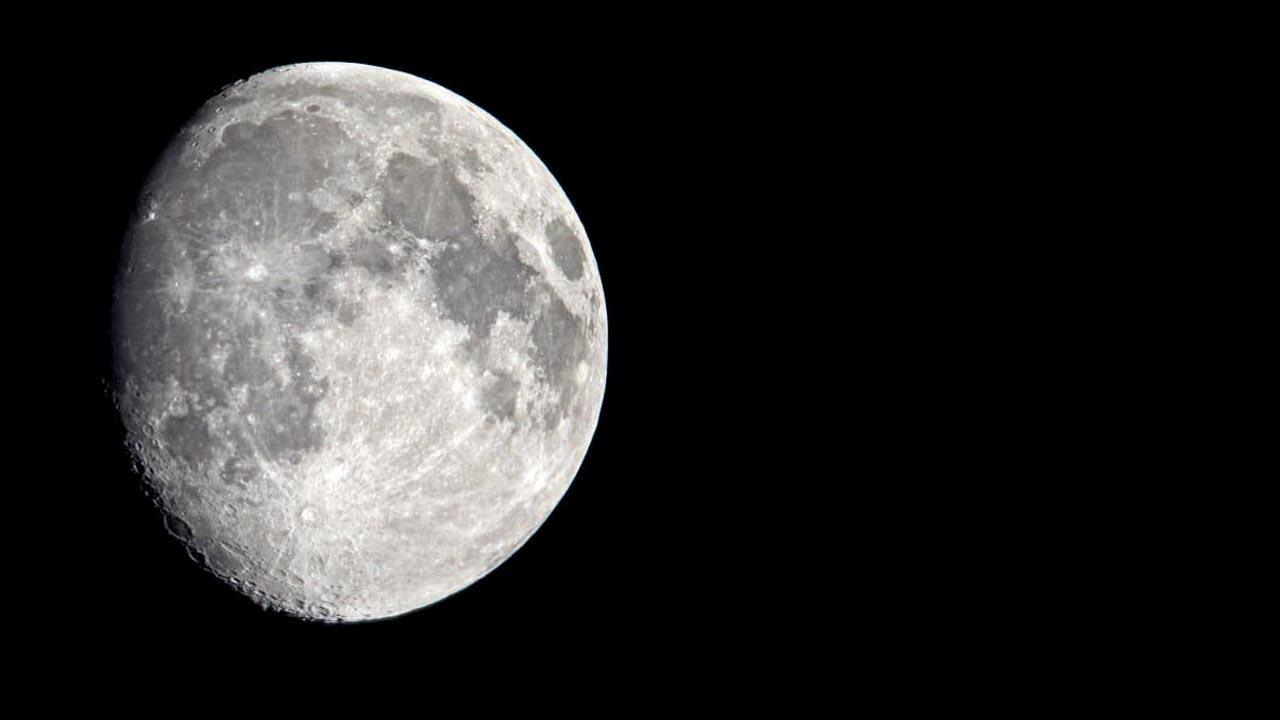Home / Mumbai-guide / Things To Do / Article /
Astronomers, educators on how stargazing can be made a simple subject in schools
Updated On: 22 April, 2023 08:37 AM IST | Mumbai | Shriram Iyengar
As the BMC’s plan to create astronomy labs across its 100 civic-schools comes into light, astronomers and educators roll out the necessary tools and templates required to make stargazing a simple subject

Moon gibbous
Earlier this week, this newspaper reported on the Brihanmumbai Municipal Corporation (BMC) initiative to create astro labs across the city. These labs will be part of 100 civic-run schools to educate students about the mysteries of the universe. While basic theoretical physics of planets has been a part of the syllabi, these labs will educate students on aspects such as planetary movement, space and matter among others.
While the BMC is ironing out the creases to bring the plan to fruition, we spoke to astronomers and educators in the city to understand how the initiative will help
students and what essential steps need to be taken for its successful implementation.




